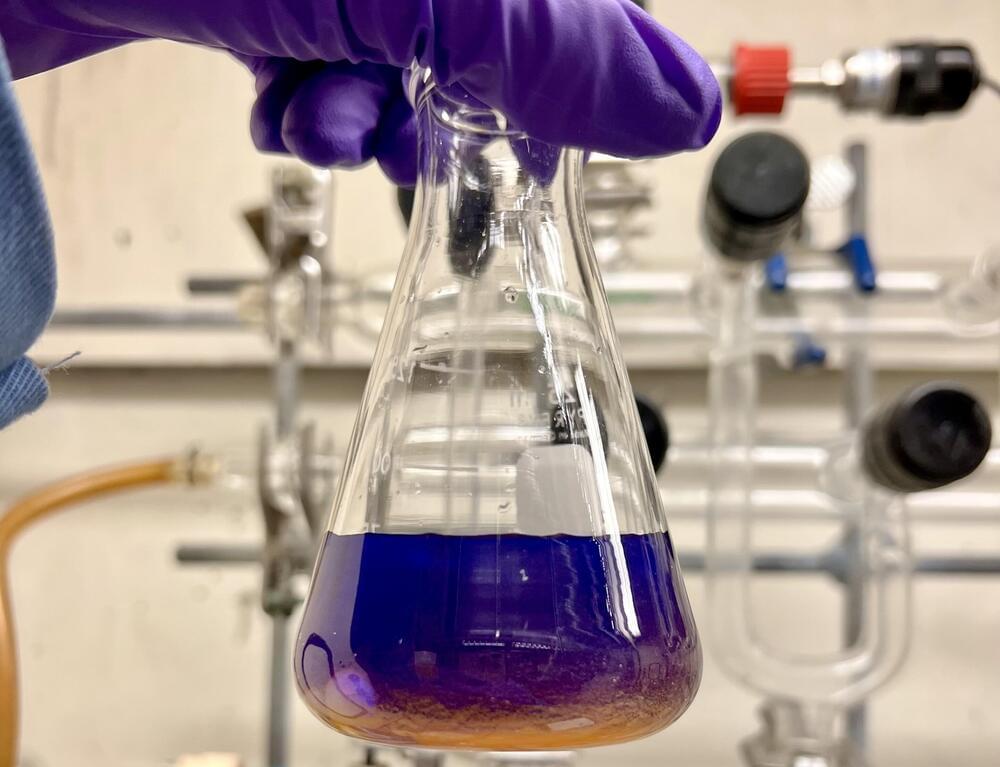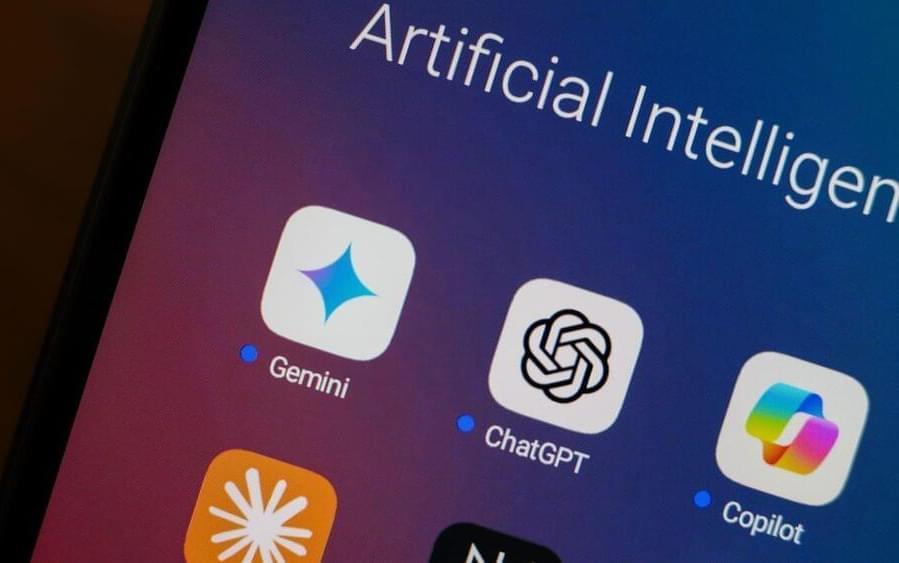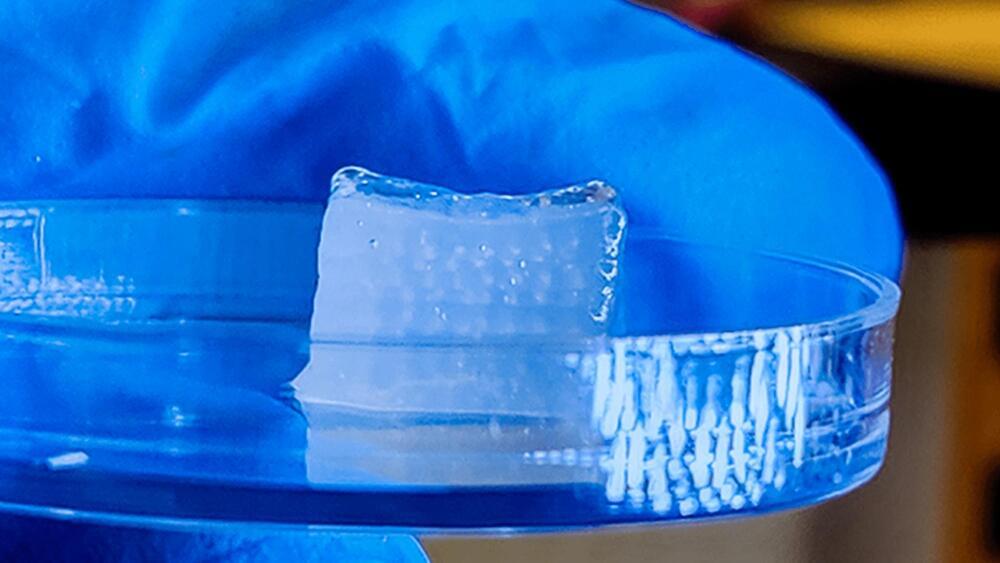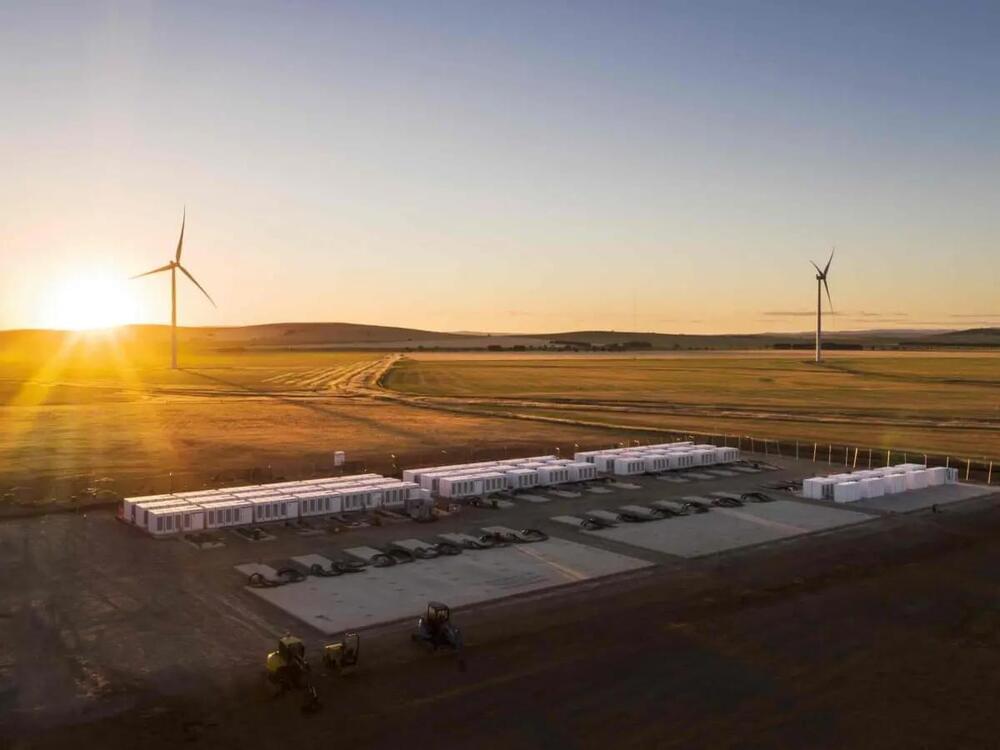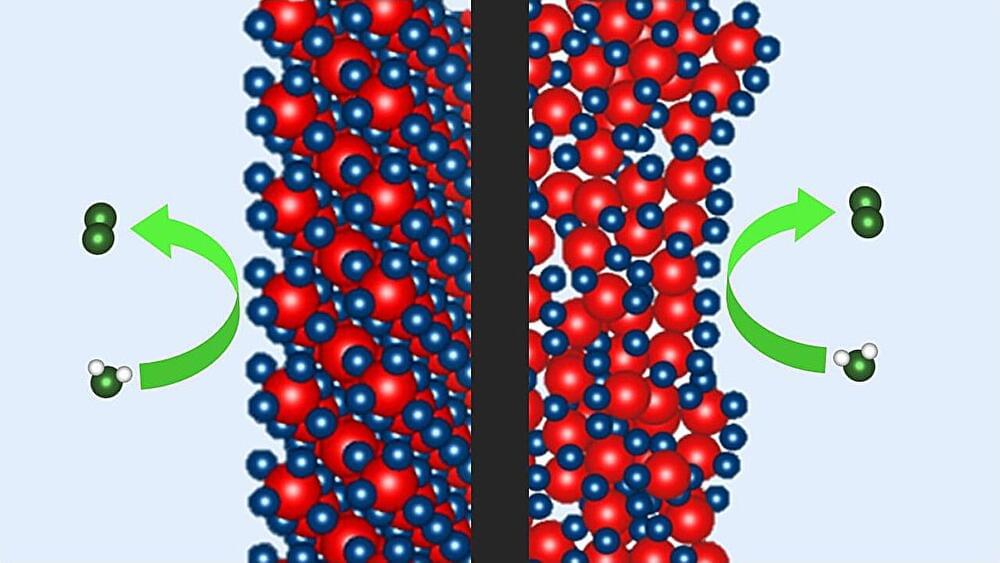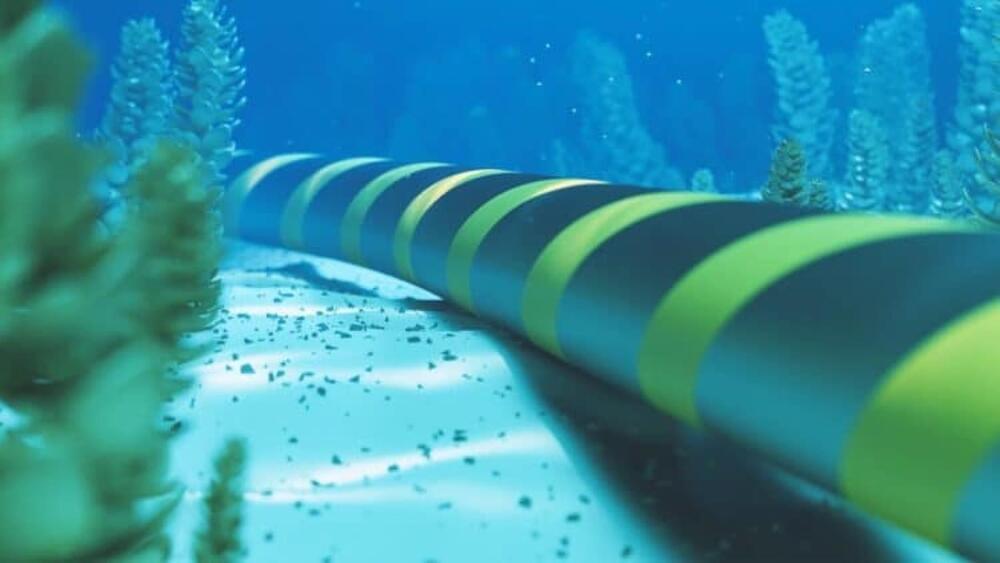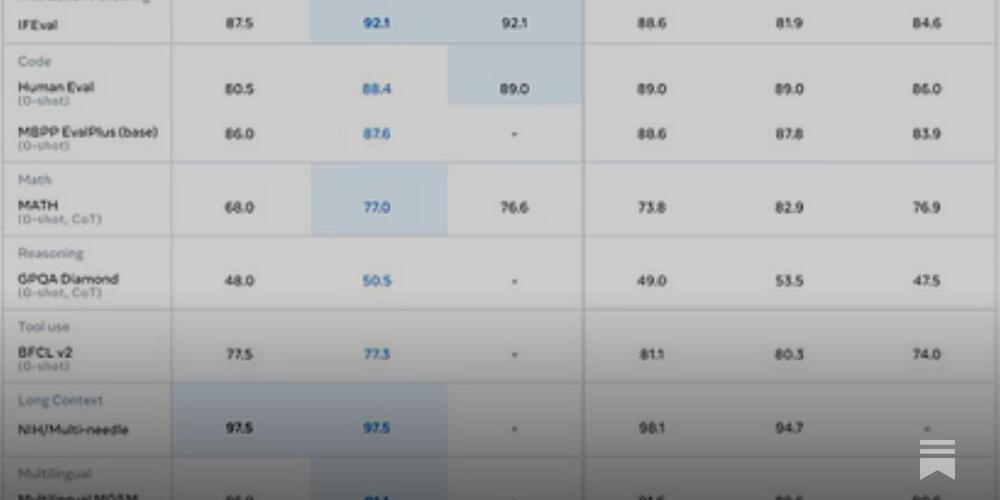Siddarth Kara’s bestseller, “Cobalt Red: How the Blood of Congo Powers Our Lives,” focuses on problems surrounding the sourcing of cobalt, a critical component of lithium-ion batteries that power many technologies central to modern life, from mobile phones and pacemakers to electric vehicles.
“Perhaps many of us have read how lithium-ion batteries are vital for energy storage technologies,” says Eric Schelter, the Hirschmann-Makineni Professor of Chemistry at the University of Pennsylvania. “But how materials that make up such batteries are sourced can be concerning and problematic, both ethically and environmentally.”
Schelter says that cobalt mining in the Democratic Republic of Congo, which supplies about 70% of the world’s cobalt, raises concerns due to environmental degradation and unsafe working conditions, and that large-scale mining disrupts ecosystems and can contaminate water supplies, leaving lasting environmental damage. In addition, he notes that a looming cobalt shortage threatens to strain global supply chains as demand for battery technologies continues to grow.
